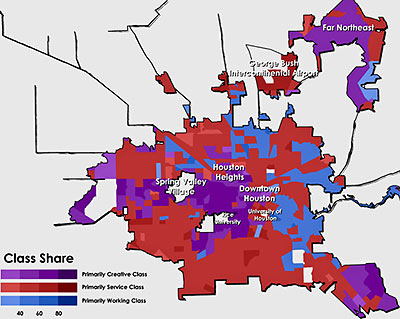The Chronicle’s Erin Mulvaney has thrown data from Apartment Data Services into this interactive Google map — to give you a zoomable picture of where all the new apartments are heading in Houston. The green pins show the 19,923 units (in 72 projects) that have opened recently; the red dots show the 23,781 (in 85 complexes) that are currently under construction; and the yellow dots indicate the additional 18,065 apartments (in 61 new developments) that are proposed — or at least the ones the data company is aware of.
- Multifamily construction projects spread over Houston region [Prime Property]
Map: Erin Mulvaney/Houston Chronicle

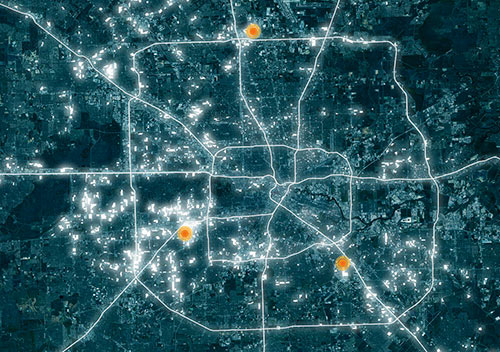

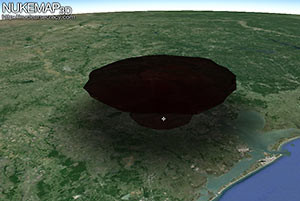 Nuclear historian Alex Wellerstein, creator of the online Nukemap nuclear-blast simulator, finds the following charming nugget in a September 1965 report issued by the nonprofit Institute for Defense Analyses, which wad been hired by the U.S. Army’s Office of Civil Defense to
Nuclear historian Alex Wellerstein, creator of the online Nukemap nuclear-blast simulator, finds the following charming nugget in a September 1965 report issued by the nonprofit Institute for Defense Analyses, which wad been hired by the U.S. Army’s Office of Civil Defense to 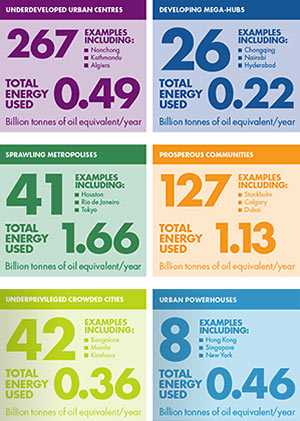
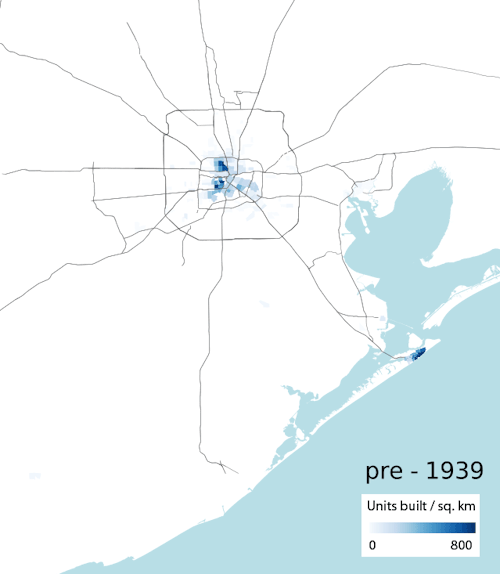
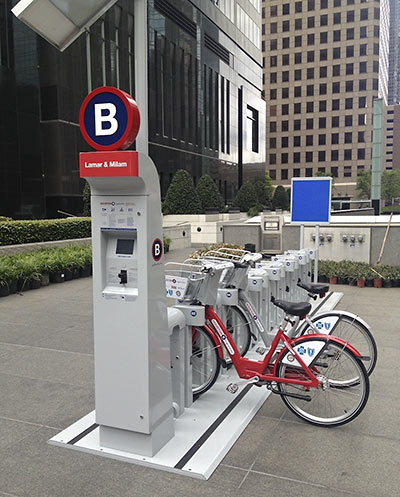
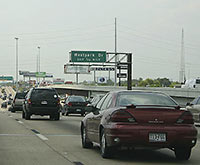 Another source of Houston’s pollution has got the attention of the Texas Commission on Environmental Quality: tailpipes. Starting in January, the agency will place a pair of monitors within 160 ft. of 2 our most heavily used roads — including the Southwest Fwy. near the Westpark Tollway — to record the amount of nitrogen dioxide leaked into the air. Apparently, the stuff can be pretty nasty, writes the Houston Chronicle’s Matthew Tresaugue: “
Another source of Houston’s pollution has got the attention of the Texas Commission on Environmental Quality: tailpipes. Starting in January, the agency will place a pair of monitors within 160 ft. of 2 our most heavily used roads — including the Southwest Fwy. near the Westpark Tollway — to record the amount of nitrogen dioxide leaked into the air. Apparently, the stuff can be pretty nasty, writes the Houston Chronicle’s Matthew Tresaugue: “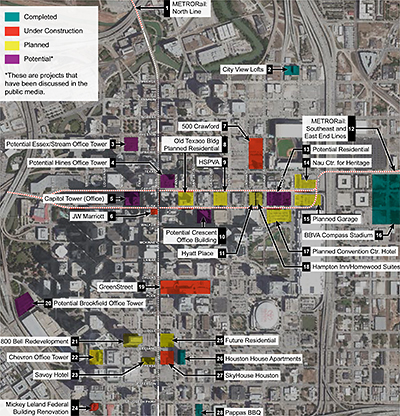
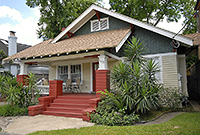 So home prices are rising in urban areas — no surprise there. But nowhere are those prices rising faster than in so-called “gayborhoods.” That’s according to Jed Kolko, crunching the numbers for Trulia: “
So home prices are rising in urban areas — no surprise there. But nowhere are those prices rising faster than in so-called “gayborhoods.” That’s according to Jed Kolko, crunching the numbers for Trulia: “
 A new book declares which among the estimated 1,400 areÂ
A new book declares which among the estimated 1,400 are 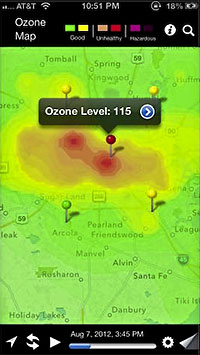 A team comprising researchers at UH, Air Alliance Houston, and the American Lung Association have launched OzoneMap, an app that “monitors chemical weather,” reports John Metcalfe of The Atlantic blog Cities. And whether the app helps explain your coughing fit or alerts you to the chance of a really pretty toxic sunset, the best part is that it’s only available in Houston! And why Houston, of all places? Besides the industrial
A team comprising researchers at UH, Air Alliance Houston, and the American Lung Association have launched OzoneMap, an app that “monitors chemical weather,” reports John Metcalfe of The Atlantic blog Cities. And whether the app helps explain your coughing fit or alerts you to the chance of a really pretty toxic sunset, the best part is that it’s only available in Houston! And why Houston, of all places? Besides the industrial 
